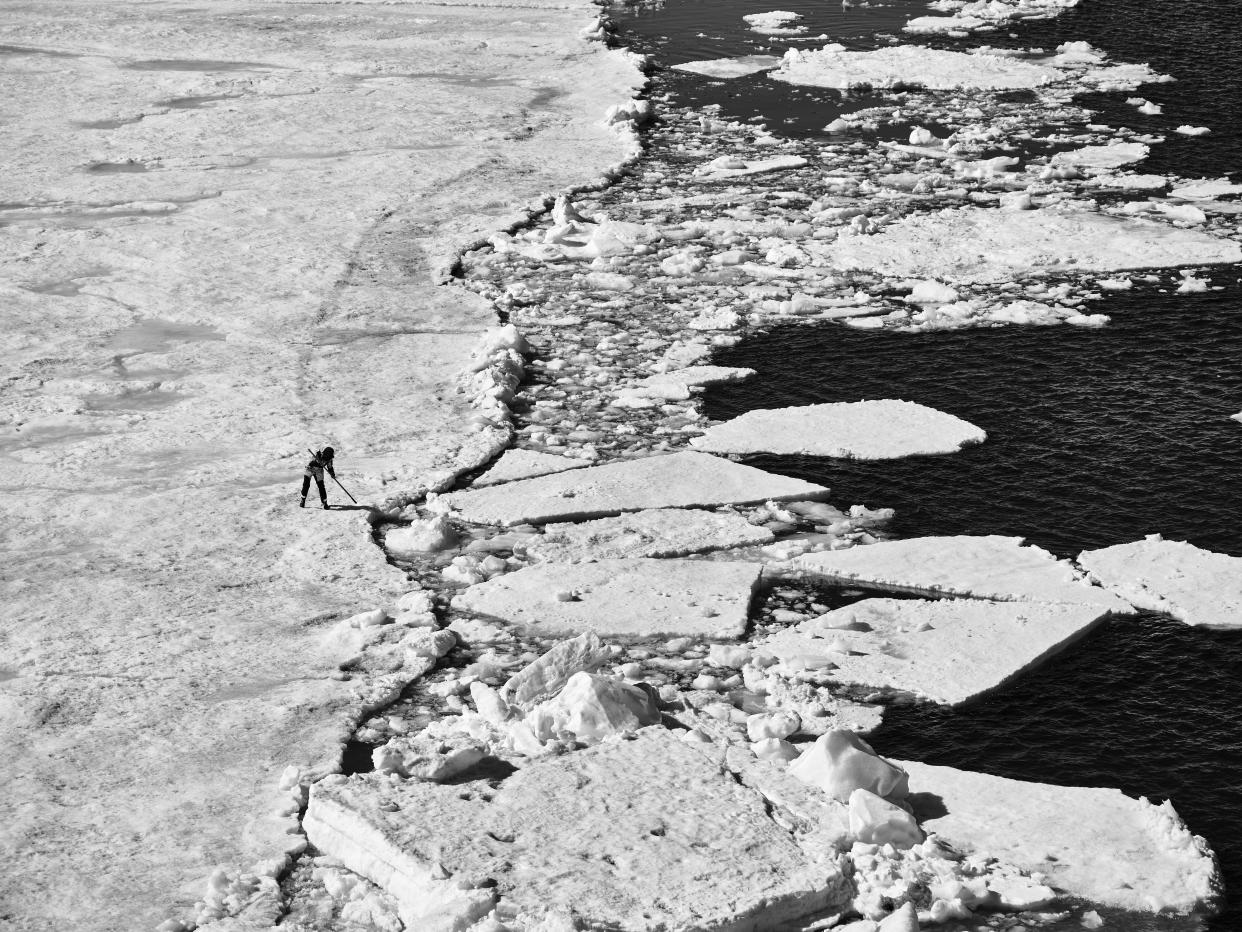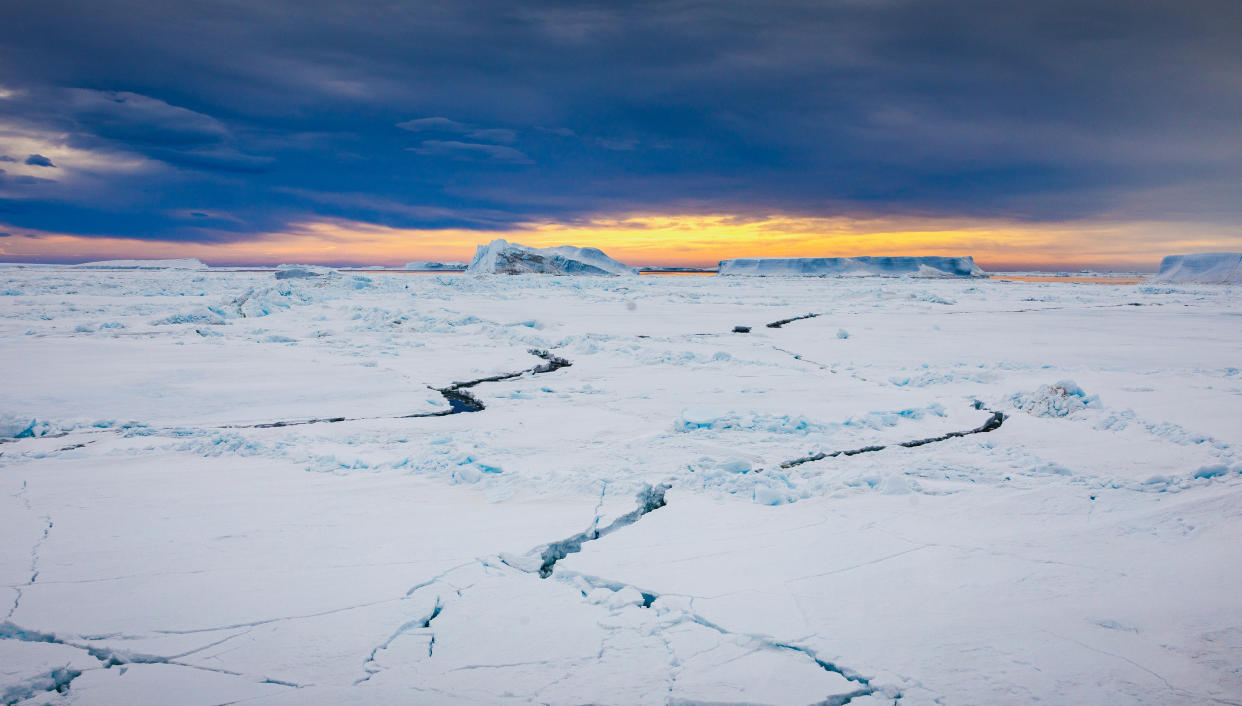Microplastic levels in Antarctica ‘even worse than previously thought’

Antarctica’s remote Weddell Sea is even more contaminated with microplastics than previously thought, and scientists are trying to work out where the particles are coming from. Researchers from the University of Basel and the Alfred-Wegener Institute (AWI) focused on particles between 11 and 500 micrometres in size, and picked up particles far smaller than previous studies which had used nets.
By pumping water into tanks, filtering it and then analysing it with infrared spectroscopy, the researchers found that the amount of plastic in the water was far higher than previously believed. The researchers believe that 98.3% of plastic particles in the water were under 300 micrometres and had not been picked up by previous research.
Clara Leistenschneider, doctoral candidate in the Department of Environmental Sciences at the University of Basel said, "Pollution in the Antarctic Ocean goes far beyond what was reported in past studies. The reason for this is the type of sampling we conducted.”
Where is the plastic coming from?
Researchers are still trying to work out where the plastic in the Weddell Sea is coming from, and how much is delivered from melting ice or by ocean currents.
The offshore samples, which were collected north of the continental slope and the Antarctic Slope Current, contained the highest concentrations of microplastics, although researchers are unsure why.

It may be that the ice that tends to form near the coast retains the tiny plastic particles, and they are only released back into the water when the ice melts. It could also be the case that ocean currents play a role. It is also still unclear how the microplastics m whether they ever leave the region.
The strong Antarctic Circumpolar Current, which flows all the way around the Antarctic Ocean at a latitude of about 60° south, might prevent their departure. The researchers are also not yet able to say conclusively where the microplastics originate. Possible sources include regional ship traffic from the tourism, fishing and research industries, as well as research stations on land.
The microplastics might also make their way to Antarctica from other regions via ocean currents or atmospheric transport.
What do the researchers hope to do next?
Leistenschneider plans to focus next on analysing sediment samples she collected during the same expedition.
This should provide information about how microplastics are accumulating on the sea floor, which is home to unique and sensitive organisms and is a breeding ground for Antarctic icefish (Bovichtidae).
Why should we be worried?
Scientists say that microplastics could have unknown effects on ecosystems in the Antarctic - and could even increase the impact of global warming.
Dark-coloured microplastics in snowfields and glaciers could absorb sunlight and enhance heating, accelerating global warming.


